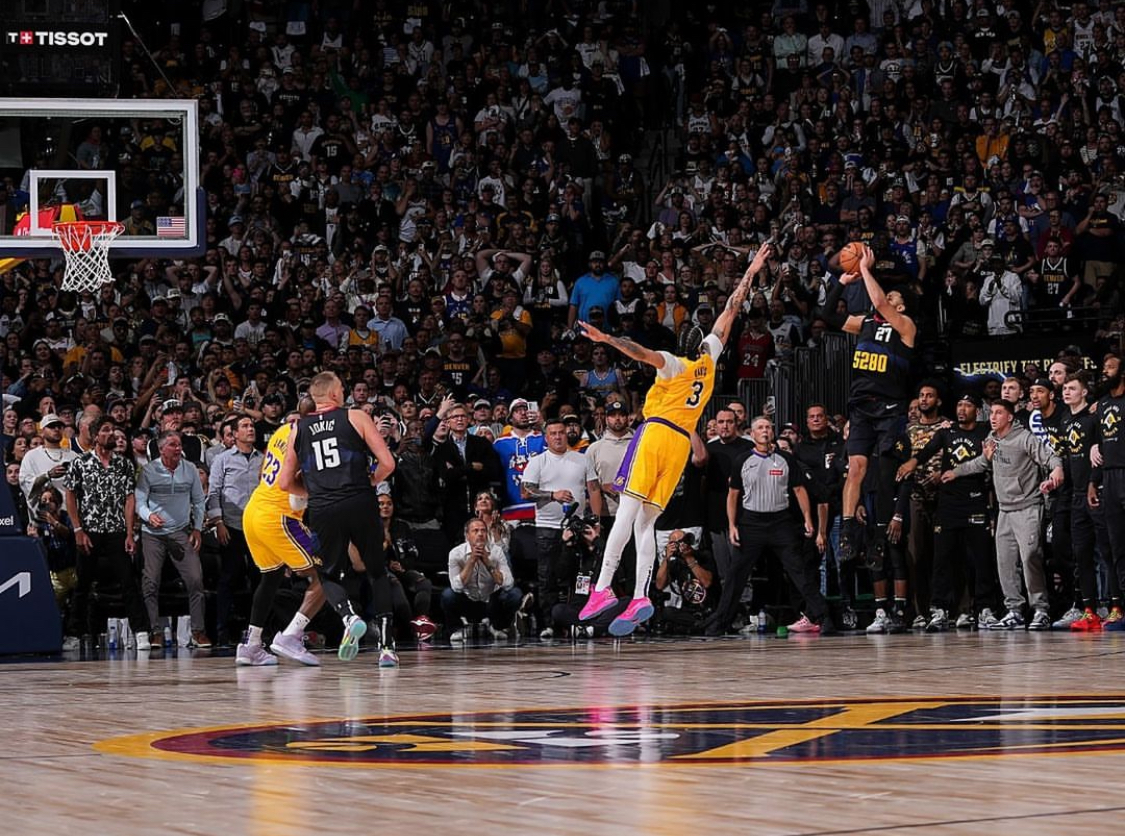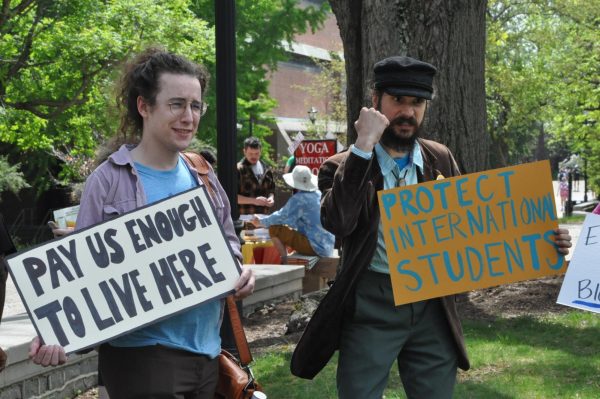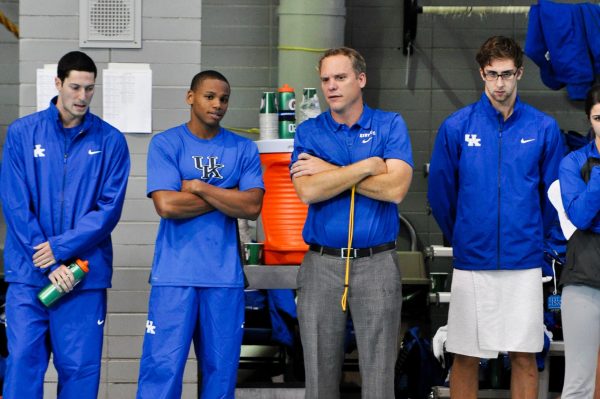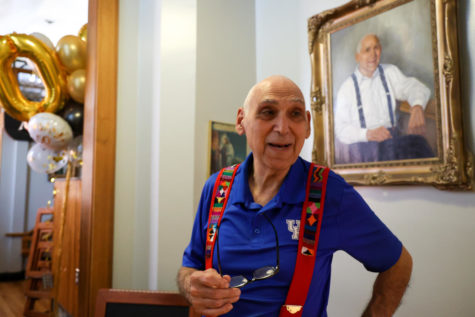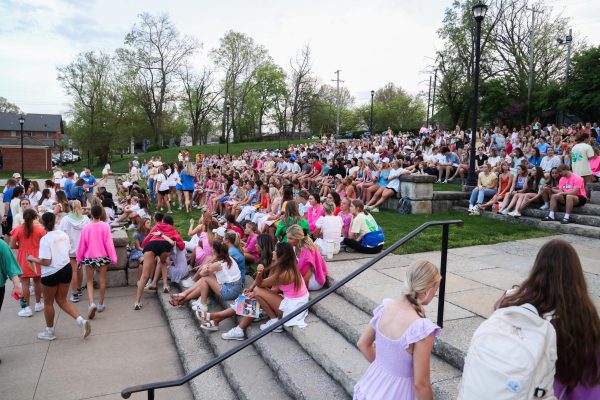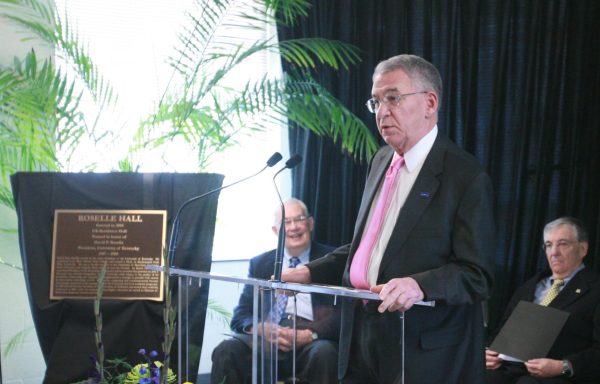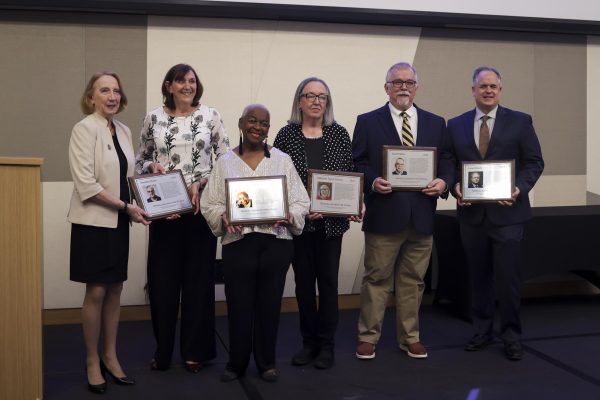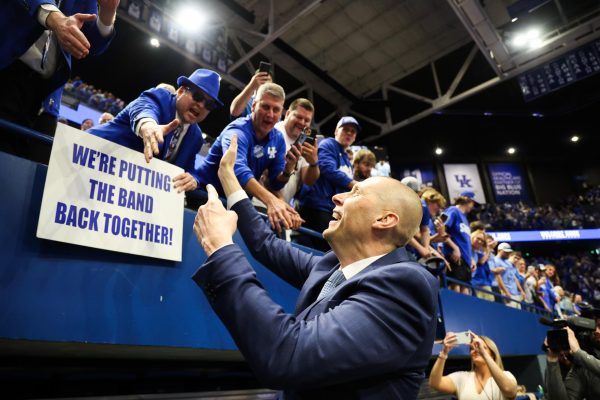Map to show where students’ clothing is made
Burhan Johar volunteers painting a map of the world to make awareness of where our clothes come from in Lexington, Ky., on Saturday, September 28, 2013. Photo by Caleb Gregg
September 29, 2013
By Yan Wang | News Writer
Students created and painted an 8-by-5 foot world map Saturday and Sunday to bring awareness to the origin of clothing.
After the paint has dried, anyone is invited to place a pin on the map to show where their clothes are from. Once pinned, it will be presented to Kelsey Timmerman, the author of this year’s common reading experience book, “Where Am I Wearing,” when he comes to campus on Oct. 15.
Event coordinator Laura Greenfield said The World Map Project was designed by the Peace Corps in the 1980s. Volunteers gathered to paint a giant world map with the goals of promoting geography literacy and building community.
UK’s World Map Project, which is sponsored by the Center for Community Outreach, aims to bring students together and help them become aware of the source of their clothing.
“It’s just a very interesting concept about where things are made,” Lauren Henderson, a psychology and political science senior, said. “We know the things are made all over the world, but we don’t actually think about it.”
The book, “Where Am I Wearing,” is about Timmerman’s journey to discover where his clothes came from. Greenfield said the World Map Project will take UK on the same journey.
“The significance is that it provides students with an experience that no one has done before and brings people together and helps UK on our journey to awareness of where our clothes come from,” Greenfield said. “In making a world map from scratch — none of us have done that before — so we are all coming together to figure it out and realizing that we can make something literally bigger than ourselves.”
Students who helped draw and paint the map said the experience wasn’t just educational, it was enjoyable as well.
“It’s a great idea,” engineering sophomore James Kirkpatrick said. “I think the Map Project is an excellent way to bring freshmen together with the other classes.”
The main focus is on learning the origins of students’ clothing for some students.
“You always get free T-shirts as a student. You don’t necessarily think about where it comes from, who it impacts, who makes it and in what condition they made it,” said Chelsea Ahting, political science and international studies senior. “It’s important people are aware of it, and it’s great that it’s interactive and a lot of students can participate in it.”






































